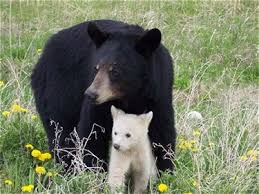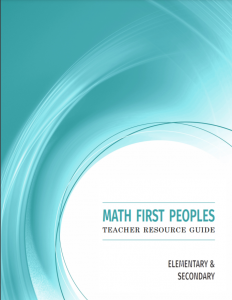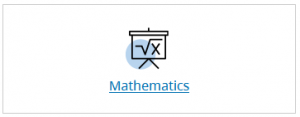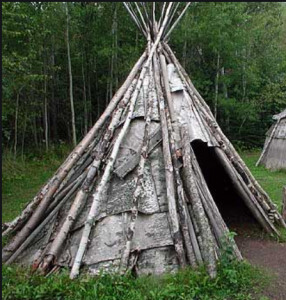Module 4: Ecological Issues in Indigenous Education and Technology
Entry 2: For-Credit Summer Camp
I am currently searching for concrete examples of Indigenous STEAM opportunities for students that will directly inform my final project. Much of what I have found encourages the use of place based education and promotes hands-on learning to engage, excite, and inspire students to choose careers in STEAM. This study provided recommendations to reduce barriers to STEAM education such as involving families and adopting more of a summer camp model when approaching the teaching of STEAM classes. The authors found that challenges in K-12 STEAM education “include lack of capacity by teachers, lack of relevant curricula, lack of adequate facilities, and, most fundamentally, a lack of resources.”
I can relate to these problems as a teacher and parent and understand the struggle of trying to make STEAM education relevant in classrooms that have a lack of resources and time, very large class sizes, and combined with many interruptions to learning (everything from pandemics to bake sales) that reduce instructional time.
I was excited to learn about a summer camp organized by Actua that provides students with those engaging, hands-on STEAM experiences that are also for credit. I think this is a creative way of blending the best of both worlds. It makes me start to rethink how I could teach some outcomes in a field trip format instead of in traditional methods and how I could set things up to really engage learners.
CBC News. (2018, July 17). New summer camp offers STEM education from an Indigenous perspective. CBC News. https://www.cbc.ca/news/canada/windsor/new-summer-camp-offers-stem-education-from-an-indigenous-perspective-1.4750527
Kerr, J., Hess, D. Smooth, C., & Hadfield, M. (2018). Recognizing and Reducing Barriers to Science and Math Education and STEM Careers for Native Hawaiians and Pacific Islanders. CBE – Life Sciences Education 17 (4). https://doi.org/10.1187/cbe.18-06-0091





